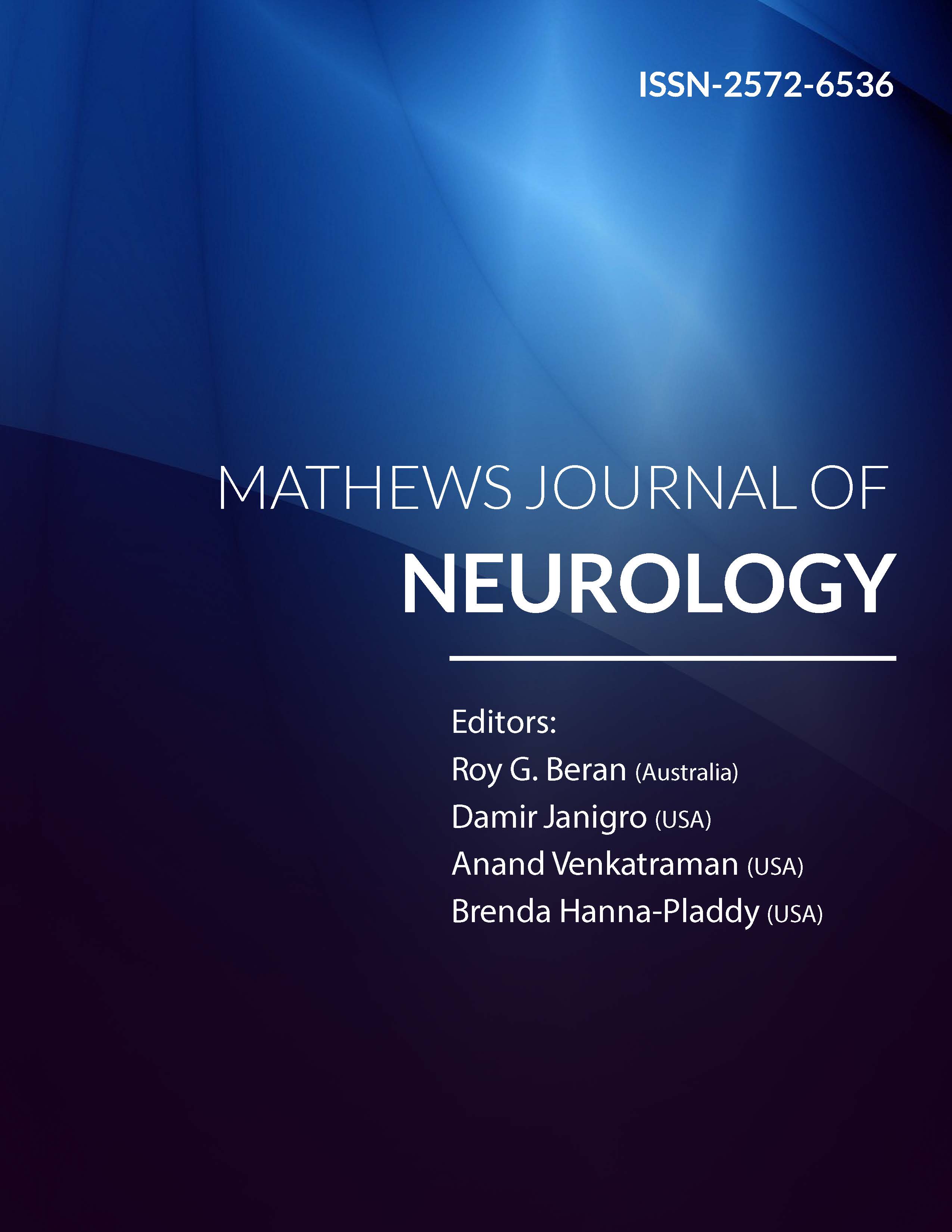
Information Links
Previous Issues Volume 7, Issue 2 - 2023
Comprehensive Fibromyalgia Treatment in Russian Private Center
Gleb N Levitsky1,*, Andrey S Levitsky2, Elena A Kovrazhkina3, Alexander A Poloyko1
1Gleb Levitsky Clinic with private center of amyotrophic lateral sclerosis, Moscow, Russia
2Private Psychiatrist, Narcologist and Psychotherapeutist, Moscow, Russia
3Federal Center of Brain and Neurotechnologies, Moscow, Russia
*Corresponding Author: Gleb N Levitsky, Gleb Levitsky Clinic with private center of amyotrophic lateral sclerosis, Moscow, Russia; Email: [email protected]
Received Date: September 17, 2023
Publication Date: November 20, 2023
Citation: Levitsky GN, et al. (2023). Comprehensive Fibromyalgia Treatment in Russian Private Center. Mathews J Neurol. 7(2):25.
Copyright: Levitsky GN, et al. © (2023)
ABSTRACT
Background: Several clinical trials advocate multidisciplinary approach to the treatment of fibromyalgia. A different medication to relieve pain helps only onto 30%, but much more therapeutic effect depends upon cognitive behavioral and operant behavioral therapy and physical exercise. Aim of the study: To assess the effectiveness of Duloxetine 30 and 60 mg and adjuvant therapies in complex therapy of fibromyalgia. Materials and Methods: Sixty nine patients were included in the study, 60 females and 9 males within average age 35 ±19.7 years with clinical diagnosis of fibromyalgia syndrome according to Diagnostic Criteria of American College of Rheumatology (1990). All patients were also seen by the psychiatrist. Anxiety disorder was diagnosed in 25 patients (36.2%), depressive syndrome in 25 patients (36.2%), mixed anxiety and depressive – in 5 (7.2%), irritable bowel syndrome in 26 patients (37.6%), migraine in 10 patients (14.5%), obesity in 6 patients (8.7%). Sixty five patients complained of sleep disturbances (94%). All patients were assessed by Hamilton Depression Scale (HAM-D) Forty five patients were administered Duloxetine 30 mg for two months, 20 patients were administered Duloxetine 60 mg for 2 months. Adjuvant therapy included Carnitine, Coenzyme Q 10, Vitamine C, Melatonine, Lecytine, Amber acid. Results: Forty five (65.2%) responded the treatment and 24 did not. Among 25 responders who were administered Duloxetine 30mg/day the number of tender points decreased down to 9.5 ±0.67 when it was initially 11.2 ±0.54 (p<0.05). Assessment by visual analogue scale of pain became 6.5 ±1.2 degrees when it was initially 7.8 ±0.24. In 20 responders who were administered Duloxetine 60 mg/day the number of tender points decreased down to 7.6 ± 1.8 when it was initially 10.8 ±0.76 (р<0.05) Assessment by visual analogue scale of pain became 6.3 ± 1,54 degrees when it initially was 7.7 ±1.52. Among 55 patients with psychiatric symptoms there were 31 responders. Among 55 patients with psychiatric symptoms there were 31 responders. They had initial degree by HAM-D 13.7±3.2. It decreased down to 9.5 ± 2.1 (р<0.05).Complains of gastrointestinal symptoms in the group of patients with irritable bowel syndrome also decreased in 15 of 26 patients (57.7%). Conclusion: Despite the multicomponent treatment of fibromyalgia syndrome in this series of patients it remained chronic and debilitating painful condition in one third of patients after 2 months of intensive care. In 65.2% of cases Duloxetine was effective (in 36.2 % in dose of 30mg/day and in 28.9% cases in dose of 60 mg/day) what confirms results of previous studies.